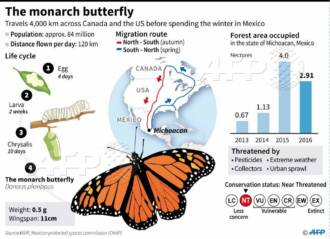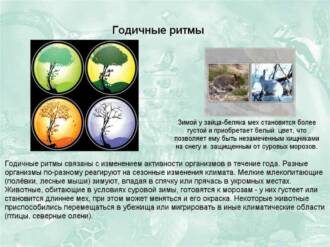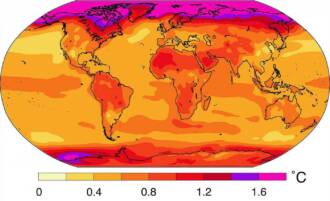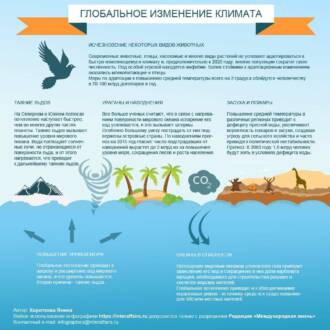
Changing weather conditions have a significant impact on the butterfly ecosystem. Butterflies are one of the most weather-sensitive groups of insects. They depend on heat and light for their life, so changes in temperature and light can seriously affect their behavior and development.
One of the main effects of weather changes on butterflies is a change in the timing of their emergence and activity. With global warming and regular climate change, butterflies can start their activity earlier than usual, which can lead to a discrepancy with the time of appearance of their food plants. This can lead to a lack of food and a decrease in the butterfly population.
In addition, weather changes can affect the reproduction and development of butterflies. Some species of butterflies depend on a certain combination of temperature and humidity to reproduce successfully. Changing these conditions can lead to a decrease in the reproductive capacity of butterflies and a reduction in population size.
However, butterflies also have an amazing ability to adapt to changing conditions. They can change their behavioral and physiological characteristics in order to survive in new conditions. Some species of butterflies can change their active times, choose new habitats, or even change their appearance to adapt to new environmental conditions.
Weather change and its impact on the butterfly ecosystem is an urgent and complex problem. Understanding these relationships will help us develop strategies to conserve biodiversity and maintain ecosystem resilience.
Weather change and the butterfly ecosystem
Changing weather conditions have a significant impact on the butterfly ecosystem. Butterflies are very sensitive to environmental changes and depend on certain weather conditions for their development and survival.
Temperature effect
An increase in air temperature can affect the life cycle of butterflies. High temperatures can lead to accelerated development of larvae and the shortest life span, which can adversely affect the butterfly population as a whole. Low temperatures can also have a negative effect on the development and survival of butterflies.
Precipitation change

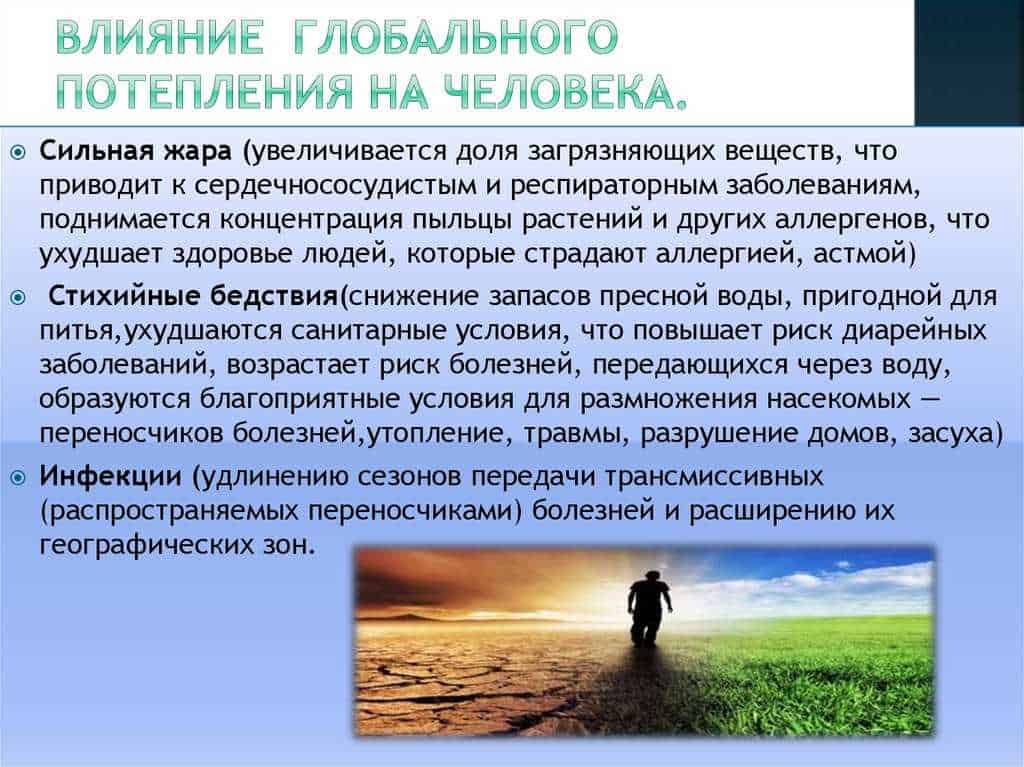
Changes in precipitation can lead to reduced food availability for butterflies. Butterflies, especially in the caterpillar stage, feed on plants, their leaves and flowers. Lack of moisture can lead to reduced plant growth and lower food quality for caterpillars, which can eventually lead to a decline in butterfly numbers.
Adaptation

Butterflies have an amazing ability to adapt to changing weather conditions. They can change their behavioral and physiological characteristics in order to survive in new conditions. Some species can change their development cycle depending on the temperature, while others can migrate to more suitable places for them. Also, butterflies can change their lifestyle, food search and choice of places for laying eggs, depending on changes in food availability and environmental conditions.
In general, changing weather has a significant impact on the ecosystem of butterflies, and their ability to adapt is a key factor for their survival in changing conditions. To preserve biodiversity and protect the butterfly population, it is necessary to take into account their dependence on the weather and create conditions for their survival and development.
Effects of weather change on butterfly populations
Changing weather can have a major impact on butterfly populations. Butterflies, being gentle creatures, are very sensitive to changes in temperature, precipitation and air humidity. Changing weather conditions can lead to a decrease in the number of butterflies and even the extinction of some species.
In the face of global warming and climate change, butterflies are becoming especially vulnerable. A sharp increase in temperature can lead to the extinction of butterflies that cannot survive in high temperatures. In addition, changes in precipitation may lead to a reduction in food availability for caterpillars and adult butterflies, which may also lead to population declines.
Effects of weather change on butterflies
Weather change can lead to an imbalance in the ecosystem in which butterflies play an important role. Butterflies are pollinators of many plants, visiting them contributes to the pollination and reproduction of plants. If the butterfly population declines due to changes in the weather, this can lead to a reduction in the number of plants that are pollinated by butterflies.
Butterflies are also a valuable food source for many predatory animals, including birds and bats. Changes in the weather may affect the availability of food for these predators, which may lead to their decline in numbers. Thus, weather change can have a cascading effect on the ecosystem in which butterflies play an important role.
How weather changes affect butterflies
Weather change has a significant impact on the behavior of butterflies. Butterflies are very sensitive to the temperature and humidity of the environment. When weather conditions change, they can change their habits and survival strategies.
Temperature changes: Butterflies are ectothermic creatures, which means that their body temperature depends on the environment. Changes in temperature can affect their activity, metabolic rate, and reproductive capacity. High temperatures can overheat and damage the wings, while low temperatures can slow down their movement and metabolism.
Humidity: Butterflies are also sensitive to changes in air humidity. High humidity can create favorable breeding conditions for butterflies and provide enough food for their larvae. However, too much humidity can lead to fungal infections that can be fatal to butterflies. Low humidity, on the other hand, can dry out and damage butterfly wings.
Food and Plants: Changing weather also affects the availability of food for butterflies. Butterflies feed on the nectar of flowers, and if the weather changes, the flowers may bloom at a different time or not at all. This can lead to a lack of food for the butterflies, especially for their larvae, which feed on certain types of plants. Weather changes can also affect plant growth and development, which can negatively impact butterfly populations.
Migration: Some species of butterflies migrate long distances in search of favorable living conditions. Changes in the weather can change the migratory routes and timing of the butterflies. For example, if the winter gets warmer, the butterflies may stay where they are instead of migrating to warmer regions.
Weather change and butterfly flights
Changing weather conditions affect the movements of butterflies and can have serious consequences for the ecosystem. Butterflies are very sensitive to changes in their environment and react accordingly.
Temperature change can lead to a change in the time and duration of butterfly flights. High temperatures can speed up the development of butterflies and encourage them to reproduce more quickly. However, excessive heat can also cause them to dry out and die.
Precipitation change may also affect the flight of butterflies. Excess moisture can cause flooding and destruction of their habitats, leading to a decrease in the butterfly population. Lack of rainfall, on the contrary, can lead to the extinction of the plants on which the butterflies feed, and also lead to a decrease in the number of butterflies.
Butterflies may try to adapt to changing weather, but this takes time and resources. They may change their migratory routes, look for new food sources, or change their behavioral strategies. However, the rate of weather change, especially due to climate change, may exceed the ability of butterflies to adapt, which may lead to a reduction in their numbers and even the extinction of some species.
Effect of weather change on butterfly breeding
Changing weather conditions have a significant impact on the reproduction of butterflies. Rising temperatures and increased rainfall can lead to changes in the ecosystem, which in turn affects the life cycle and population of butterflies.
Temperature change

An increase in temperature can lead to a reduction in the development time of butterflies. Higher temperatures accelerate metamorphosis and shorten the period of the larval stage. This can lead to an increase in the number of butterflies, as the time between generations is reduced. However, a decrease in the number of butterflies is also possible due to the negative impact of high temperatures on their survival.
Precipitation change
Increased rainfall can have both positive and negative effects on butterfly reproduction. More rain can encourage vegetation to grow, which creates more food for the caterpillars. This can lead to an increase in the number of butterflies. However, too much rainfall can cause flooding and destruction of their habitats, which can negatively affect the reproduction and survival of butterflies.
Thus, changing weather conditions have a complex effect on the reproduction of butterflies. They can adapt to new conditions, but extreme weather changes can pose a threat to their population.
Butterfly adaptations to changing weather
Butterflies, like many other animals, actively adapt to changing weather conditions in their habitat. They have an amazing ability to adapt to new conditions in order to survive and continue their life cycles.
Changes in the weather can affect various aspects of butterflies, including their behaviour, physiology and migration. For example, if the weather becomes colder, butterflies may change their migratory routes or linger in certain places to protect themselves from adverse conditions.
Butterflies can also change their active periods as the weather changes. If summers become longer and warmer, they may increase their activity and lifespan to maximize their chances of breeding.
Some species of butterflies can adapt to changing temperature conditions by changing their thermoregulation. They can use their wings to regulate their body temperature by opening and closing them based on external conditions.
However, not all butterflies can successfully adapt to changing weather. Some species may experience serious problems, especially if the weather changes too quickly or too abruptly. This can lead to a decrease in the population and even the extinction of some species of butterflies.
In general, the adaptation of butterflies to changing weather is a complex and dynamic process that requires them to be flexible and able to quickly respond to changing conditions in their environment.
Butterfly migration under changing weather conditions

Changing weather conditions can significantly affect the life and behavior of butterflies. In particular, changes in temperature and precipitation may lead to the need for butterflies to migrate in search of more suitable conditions for life and reproduction.
With global warming and an increase in extreme weather events, butterflies face new challenges. They must adapt to higher temperatures, which can affect their activity and foraging. Some butterfly species may be forced to migrate to cooler regions or higher mountains to avoid too hot temperatures and lack of food.
Butterfly migration under changing weather conditions is a survival strategy that allows them to discover new places to land and breed. They can travel long distances using their wings to cross obstacles such as mountains and oceans. Butterflies can also use the wind to their advantage to speed up their migration and get to new places faster.
Changes in the weather can also influence the migration of butterflies by changing the availability of the plants they use as a food source. If the weather becomes drier or there is less rainfall, then the plants may suffer from a lack of moisture and a decrease in numbers. This can result in the butterflies being forced to look for new plants to feed on and therefore migrate in search of food and better conditions for survival.
Thus, Butterfly migration under changing weather conditions is an important adaptive mechanism that allows them to survive and reproduce in changing climatic conditions. However, with an increase in the frequency and intensity of extreme weather events such as droughts and floods, it may become more difficult for butterflies to adapt and find suitable places to migrate. Therefore, understanding and protecting their migration routes and habitats is an important task for the conservation of biodiversity and the ecosystem in which they fit.
Effects of weather change on butterflies and the ecosystem

Changing weather patterns such as rising temperatures, changes in precipitation and humidity levels have a major impact on the ecosystem, including butterflies. These changes can lead to an imbalance in butterfly populations and even the extinction of some species.
One of the main effects of changing weather on butterflies is the change in their life cycle. Butterflies, like other insects, depend on certain weather conditions for their development. Changes in temperature can cause butterflies to emerge early or late, which in turn can disrupt their interactions with other organisms in the ecosystem.
Changing weather can also affect the availability of food for butterflies. Butterflies feed on the nectar of flowers and young leaves of plants. Changes in precipitation can lead to a reduction in the number of flowers and plants, which will limit the availability of food for butterflies. In addition, climate change may lead to the spread of new plant species that are not a food source for certain species of butterflies, which may lead to a decrease in their numbers.
Changes in the weather can also affect the migration of butterflies. Some species of butterflies migrate long distances to find suitable breeding and feeding conditions. Changes in the weather can change migration routes or shorten the distances that butterflies can fly. This may adversely affect their ability to reproduce and may lead to population decline.
In general, weather change has a negative impact on butterflies and the ecosystem, causing disruption of their interactions, food availability and migration opportunities. To preserve biodiversity and balance in the ecosystem, it is necessary to take measures to adapt and protect butterflies from the negative effects of weather changes.
How butterflies can adapt to new conditions
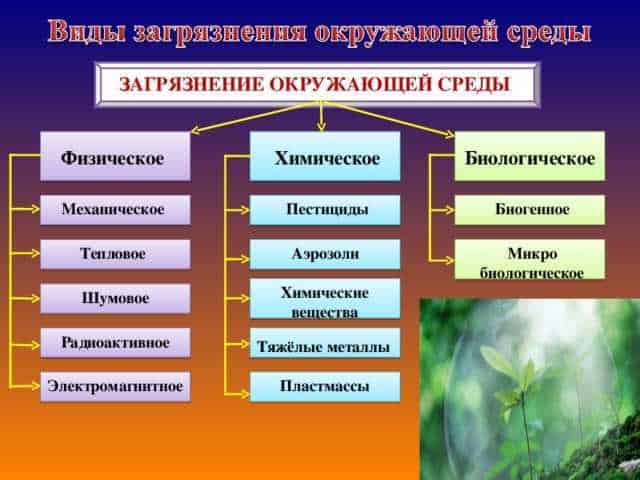
Butterflies, like many other organisms, are able to adapt to changing environmental conditions. They have a number of adaptive mechanisms and strategies that allow them to survive and reproduce in new conditions.
Changing the development cycle: One of the ways to adapt to new conditions is to change the development cycle of butterflies. In response to changing weather, they can shorten or lengthen their developmental periods to synchronize with the host plants they feed on as caterpillars.
Migration: Migration is another adaptation strategy. Some species of butterflies are able to fly considerable distances in order to find suitable conditions for breeding and feeding. They may move to cooler or warmer regions, depending on climate change.
Plasticity of behavior: Butterflies also have behavioral plasticity, which means that they can change their feeding habits and preferences in response to changing vegetation and the availability of food resources. For example, they may start feeding on other types of plants or change their activity times based on changes in weather and climate.
Genetic adaptation: In the long term, butterflies may also undergo genetic adaptations. Individuals that have genetic variants that enable them to survive and reproduce in new environments are more likely to pass those variants on to their offspring. Gradually, the butterfly population can change, become more adapted to new conditions.
The role of butterflies in the ecosystem and its conservation
Butterflies are important participants in the ecosystem, performing a number of important functions. They are pollinators of many plants, transferring pollen from one flower to another, which contributes to their reproduction. This process creates biodiversity and maintains ecosystem resilience. Butterflies are also food for many animals such as birds and bats, making them an important link in the food chain.
However, weather and climate change has a major impact on butterflies and their ecosystem. Changing temperatures, rainfall and seasons can lead to a reduction in the number and diversity of butterflies. Some species of butterflies may be more vulnerable to changing weather conditions, as their life cycle and interactions with plants are closely linked to certain climatic conditions.
To save butterflies and their ecosystem, certain measures are necessary:
- Creation and preservation of their natural habitats. Butterflies need a variety of plants to provide food for their caterpillars and nectar for adults. Maintaining and protecting diverse ecosystems such as grasslands, forests and gardens contributes to the conservation of butterflies.
- Combating pollution and the use of pesticides. Environmental pollution and the use of pesticides have a negative impact on butterflies and their habitats. Reducing the use of chemical plant protection products and adopting more environmentally friendly practices will help conserve butterflies.
- Education and public information. Raising awareness of the role of butterflies in the ecosystem and their vulnerability to weather and climate change may contribute to the conservation of these beautiful insects. Educational programs and activities to protect the environment will help draw attention to the problem and create a positive attitude towards the conservation of butterflies and their ecosystem.
How to Preserve Butterfly Biodiversity When the Weather Changes
Butterfly biodiversity is an important element of the ecosystem, so it is important to take measures to preserve it when the weather changes. Here are a few ways that can help with this:
1. Creating and maintaining natural habitats for butterflies
Butterflies need a variety of plants to serve as a source of food and a place to breed. Creating and maintaining natural habitats, such as flower beds and gardens with a variety of plants, will help attract and keep butterflies in your area.
2. Extreme weather protection
Changing weather can lead to extreme conditions such as heavy rains, droughts or extreme temperatures that can negatively impact butterflies. Installing shelters or protective structures such as greenhouses or nets will help protect the butterflies from adverse weather conditions.
3. Promoting plant diversity
Plant diversity is an important factor in the conservation of butterfly biodiversity. Planting different types of plants that bloom at different times of the year will provide a source of food for the butterflies throughout the year. In addition, different types of plants will attract different types of butterflies, which contributes to the diversity of biodiversity.
4. Education and information
Education and awareness about the importance of butterflies and their role in the ecosystem will help conserve their biodiversity. Conducting lectures, seminars and events, as well as disseminating informational materials about butterflies and their protection, will help raise people's awareness and contribute to the conservation of their numbers and diversity.
In general, the conservation of butterfly biodiversity under changing weather requires a systematic approach and interaction between people and nature. Only in this way can we ensure the preservation of these beautiful and amazing creatures in our world.

